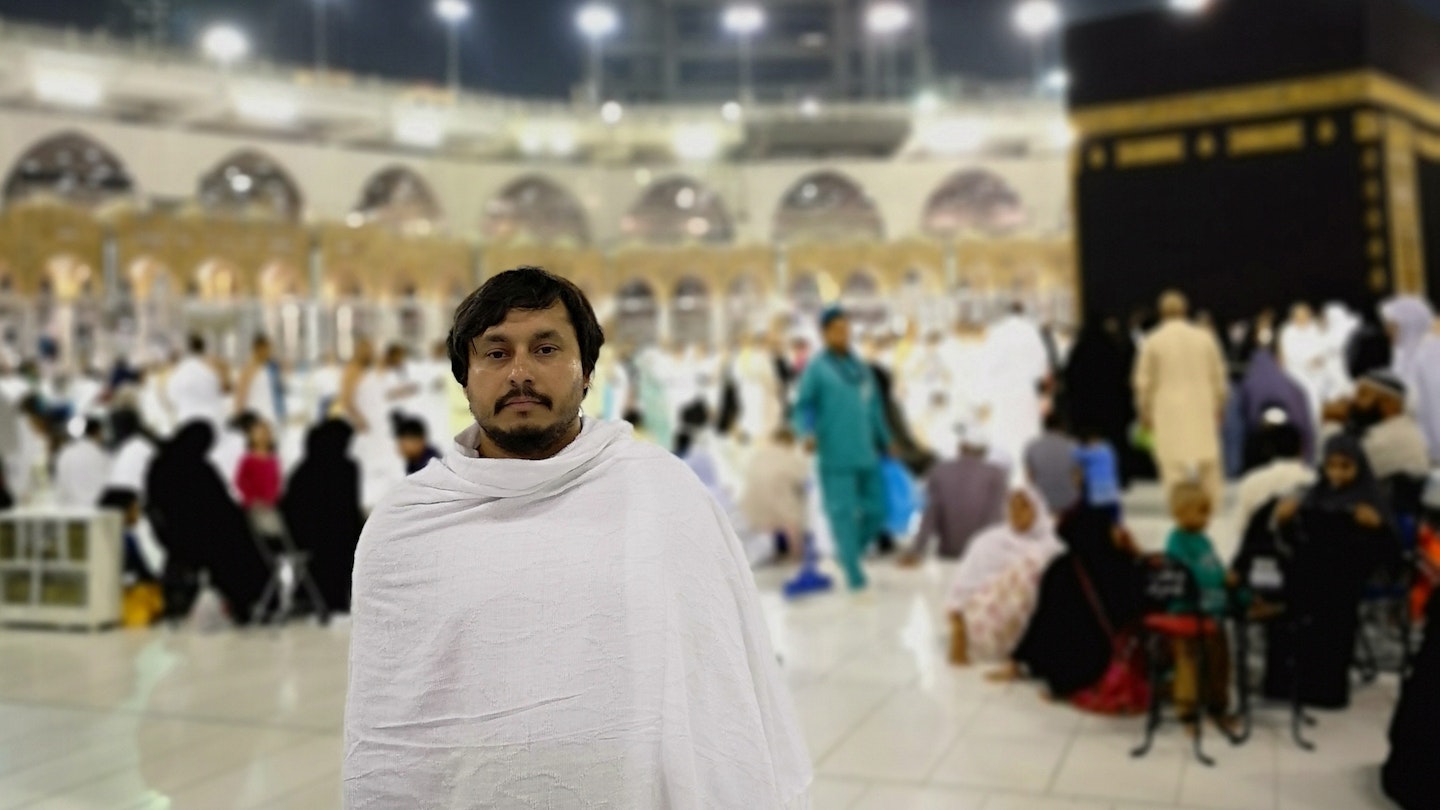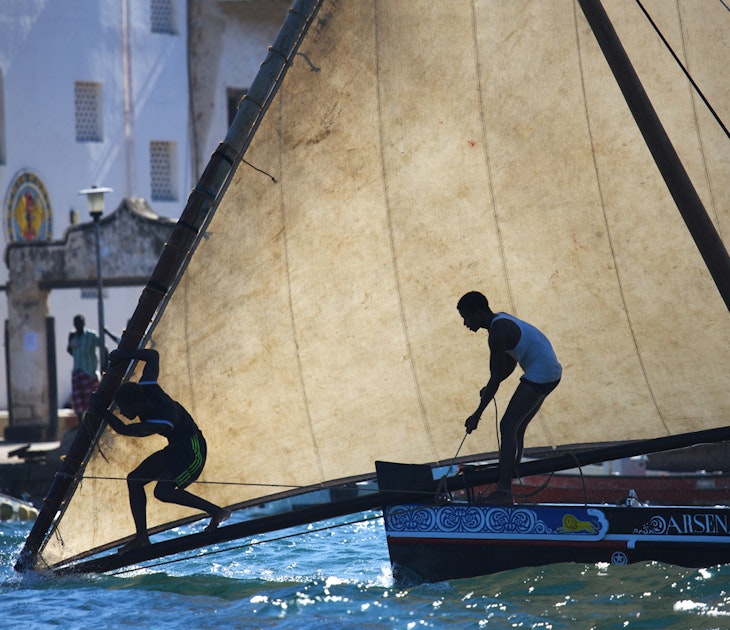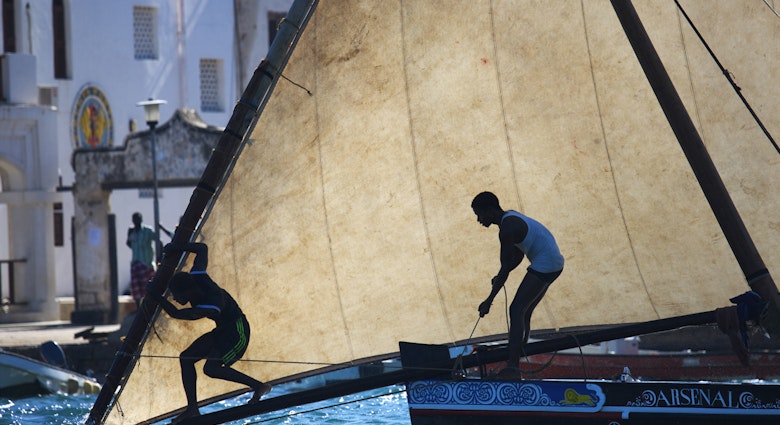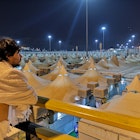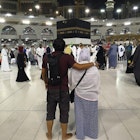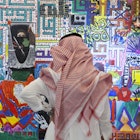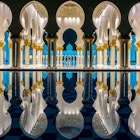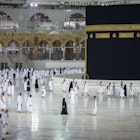In the first of a series of posts documenting his attendance of the Hajj in 2019, Lonely Planet writer Tharik Hussain documents his experience from the initial invitation and his feelings about it, to the experience of the Hajj itself and how he finds returning to his home in the UK afterwards. Read on for a unique insight into one of the most famous pilgrimages in the world that unites Muslims of every ethnic group, social status and culture in Mecca annually.
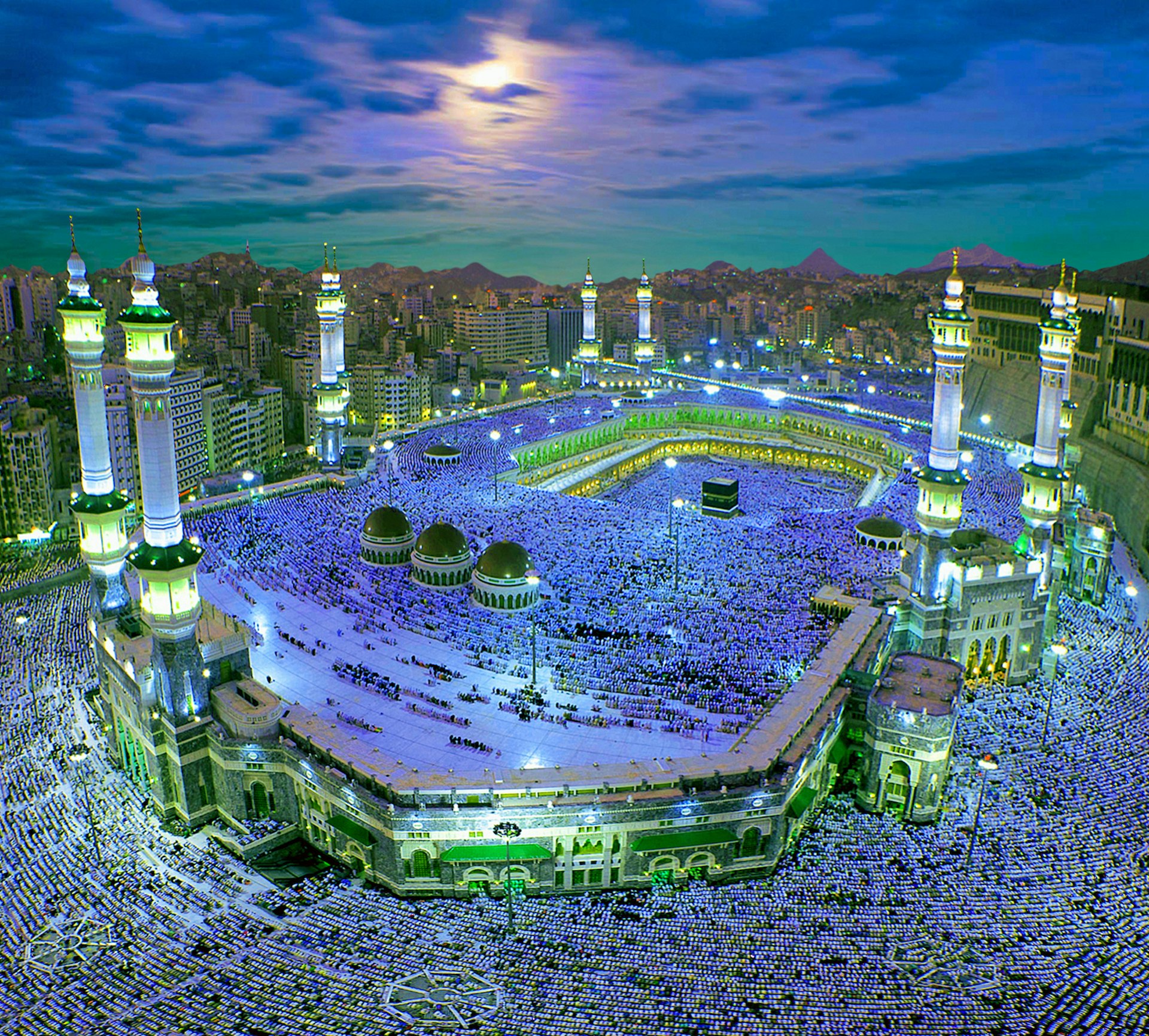
One of the earliest Hajj narrators, Naser-e Khosraw, was inspired to go on the pilgrimage in the 11th century after a mystical visitor pointed towards Mecca in a dream. The great 14th-century traveller, Ibn Battuta, had a burning desire to see the famous sanctuaries he had heard so much of. Even the non-Muslim ‘Hajji’, Sir Richard Burton, was motivated to immerse himself in one of the great religious rituals of humanity, and Malcolm X saw the Hajj as confirmation of his transition from a follower of the Nation of Islam to a Muslim. The Hajj is a duty that every Muslim is meant to look forward to, yet when my invitation to perform the Hajj came, I felt none of this.
Muslims believe you do not go on the Hajj, but are invited. Performed once a year on specific days, there have only been 1430 opportunities to do the Hajj since it was prescribed as an Islamic duty. That’s a pretty exclusive club to join. And still, when my invitation came, I felt nothing.
Instead, I worried about how impractical the timing was, what the cost would be, and concluded that I just wasn’t ‘ready’.

My invitation came via my mother. For several years now, she had been dropping not-so-subtle hints. This included tactics like switching over to the Islamic TV channels whenever I visited, so that as we spoke, the mesmeric image of throngs of white Hajjis circumambulating the black Kaaba played in the background. This allowed her to every now and then sagely point to the screen and ask no one in particular, 'Aren’t they so lucky?'.
I would nod, try to change the subject, and then tell myself I wasn’t ready. Even when she came out and directly asked me, I had my excuses lined up.
It wasn’t until I was sent on assignment for Lonely Planet to Saudi Arabia that things changed. After a particularly difficult day that had left me feeling uneasy and vulnerable, I found myself driving south through a barren stretch down the Red Sea Coast. Alone at the wheel – as I had been for a month – I could see out my right window, beyond the foreboding silhouetted mountain range, the fabled sea Moses had parted. On my left, a flat, lifeless stretch of sand, and up ahead, like a scene from a movie, the tarmac disappeared into a dot somewhere in the infinite distance. The sun had begun to dip and Yanbu was still a good three hours away. To alleviate my anxiety, I called a friend in Jeddah. We talked about the mundane to help me relax, and I promised to keep him informed of my progress before ending the call.
As the monotony of the dusty road and the desert began to alter with the setting sun, and the time to my destination read an hour and 35 long minutes, I was struck by a sense of extreme foolishness, and suddenly the proverbial penny dropped to the floor with an almighty crash.
I had been invited to embark on the most significant, spiritual and transformative journey a Muslim could go on, in the company of the woman who had given me life, and my preoccupation with worldly concerns had nearly seen me pass up that privilege and honour. Needless to say, I spent the rest of that solo drive having a stern word with myself.
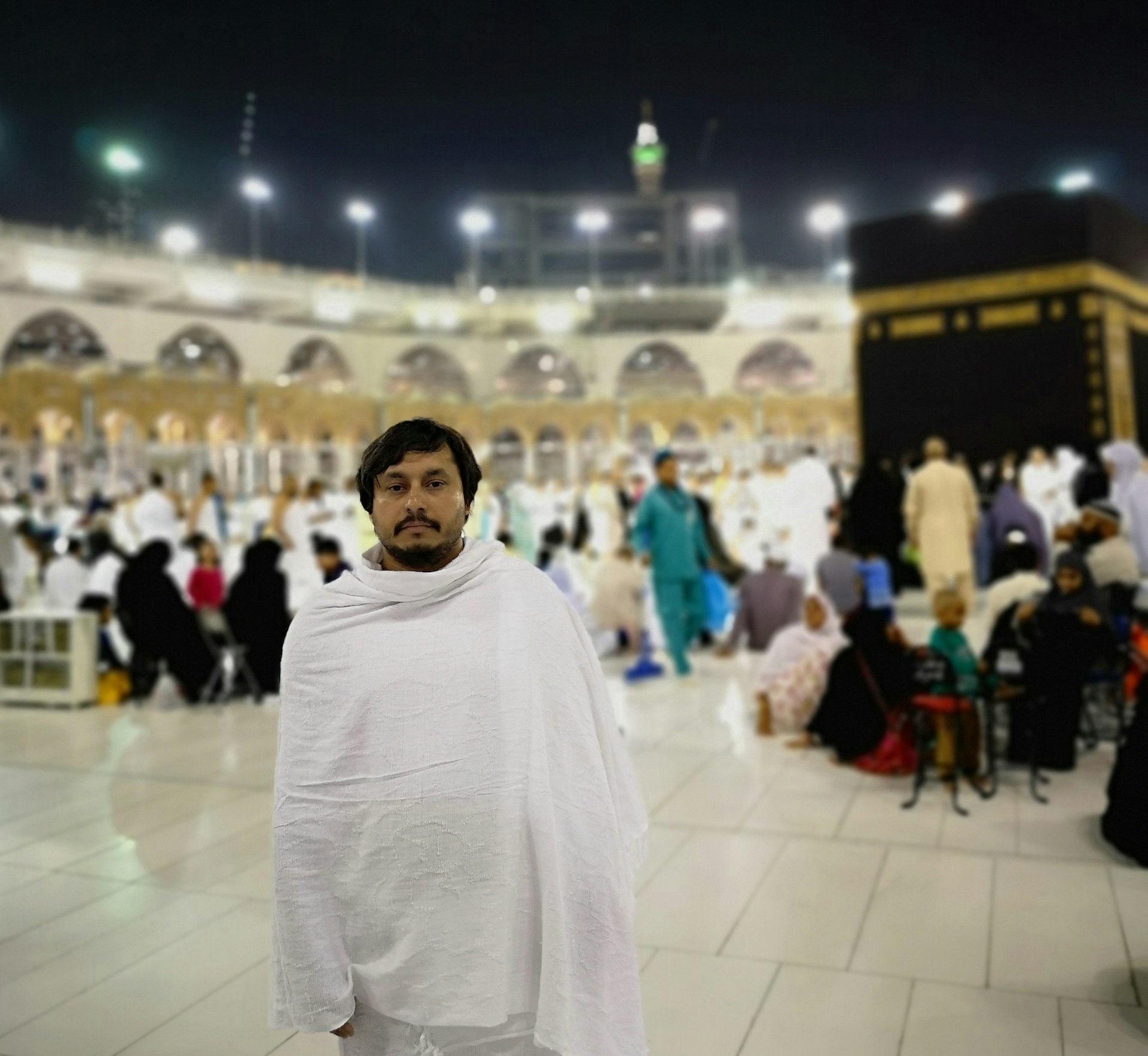
That was the day I accepted my invitation to the 1431st Hajj and finally acknowledged just how lucky I was to have even been invited, let alone with my mother. It was also the day I began preparing for the journey that one friend helpfully described as, 'a dress rehearsal for death'.
A few days later, whilst researching the city of Mecca, I performed the mini hajj – umrah – which can be done all year round and takes only a couple of hours to complete. Uncharacteristically, after I finished, I stopped a passerby and asked him to take a picture of me in my full pilgrim's outfit in front of the revered black cube. The picture was fulfilling a promise I made to my mother before leaving England. I then sat down and sent it to her mobile. She was unfamiliar with the app I used and did not reply, but as I stared at my mobile screen, the mesmeric image of throngs of white Hajjis surrounding the black Kaaba in front of me, the two grey ticks in the bottom right corner of the picture turned blue. She had seen it.
On Monday 5th August, I will board a Saudi Airlines flight bound for Jeddah with my mother and in doing so I will fulfil my second promise to her.
Read the other five instalments of the Hajj diaries now:
